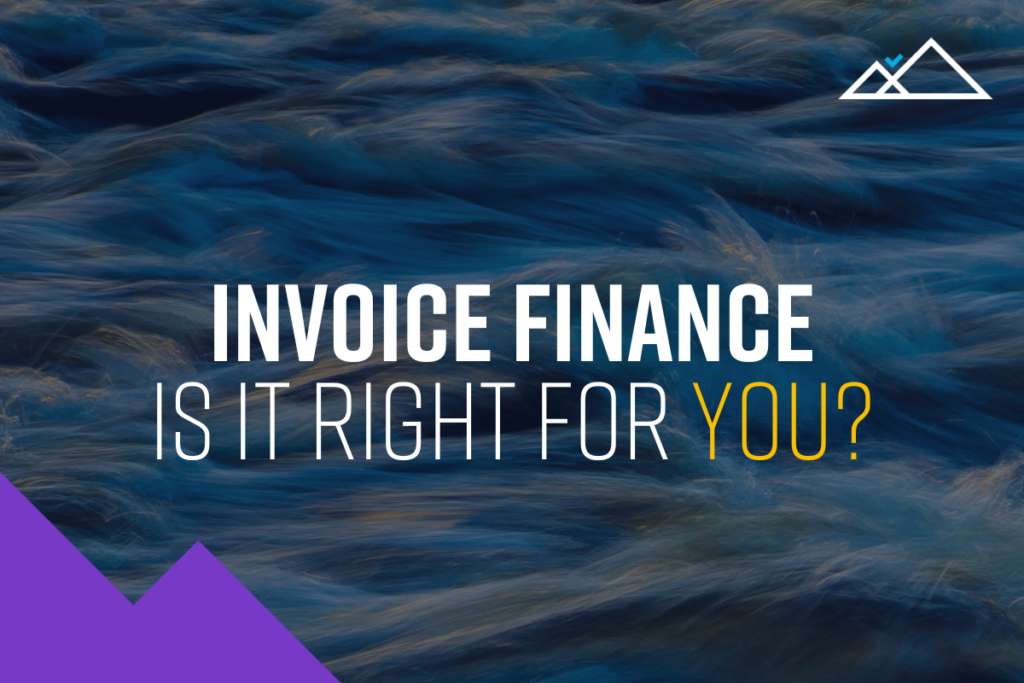Invoice Finance is a viable funding solution to help aid your cash flow.
You invoice your customer and submit the same invoice onto your IF funder’s portal. Once on the portal, the funds are made available to you immediately.
There’s a common misconception that it’s only for businesses with bad debtors. That simply isn’t true. Yes, it can be a reliable safety net for those suffering from unreliable customers. But many businesses rely and thrive on invoice finance to aid their cash flow through seasonal fluctuations. It also helps manage month-to-month cash flow where you might need to pay a creditor quicker than debtors are paying you.
From the information you provide, your broker can give you a broad assessment on how much the monthly charge (the service fee) is likely to be.
How much you pay for it is based on:
- The value of invoices you’ve assigned to your Invoice Finance account – this is called the service fee
- the amount you draw across to your bank account- This is called the discount charge and is usually index linked to the current base rate.
How does invoice finance work?
Funding is made available from your assigned invoices, and can be transferred from your provider over to your day to day bank account either by faster payment, BACS or CHAPS. It allows you access to the majority of the cash you’ve invoiced out, before your customer pays you.
When you assign an invoice to your invoice finance account portal, you have access to a percentage of what that invoice is worth, almost immediately. Typically this sits around 80%. For example, if you invoice your customer £10000, and assign the invoice to your facility, you will typically have access to 80% – £8000.
Once your customer has paid your invoice, the remaining 20% – and in this example it’s £2000 – is then made available to you, minus fees.
What happens if someone doesn’t pay?
Customers have 120 days to pay you. If your customer doesn’t pay you within 120 days, the funding for that invoice gets removed. What this means is that the value of the money that was given to you for that invoice will be taken off what’s in your account.You can bolt on a Bad Debt Protection policy alongside your invoice finance facility for peace of mind.
How quickly can invoice finance be put in place?
It usually takes around 7-10 days to set up, if you are not using an invoice finance facility already. If you DO already have one in place, transferring over to a new provider will depend on what term is left in your current contract.
A standard contract is 12 months, typically with a 1-3 month notice period. Shorter terms can be negotiated with the funders on setting up the facility. The contract terms have to be established and clear before any transition is approved.



